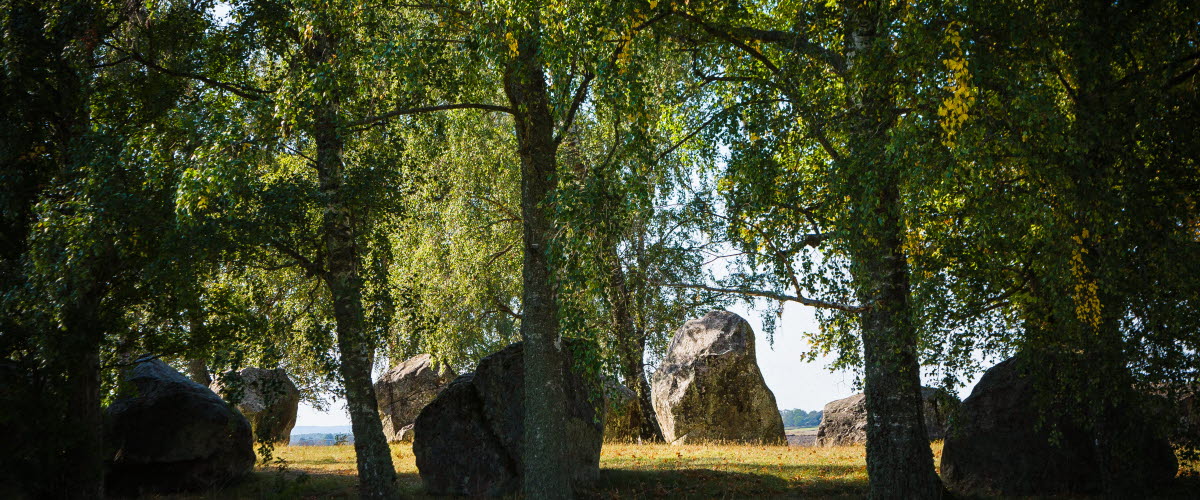What exactly is a stone ship?
Have you ever seen a group of large stones standing in the shape of a boat? Well, then maybe you have seen a stone ship - historical proofs of a life before us.
A stone ship is simply a group of standing stones arranged in the shape of a boat. This will commonly consist of 12 or 24 stones standing together. There are normally fore and aft stones that are often a little taller than the others.
There are stone ships dating from both the Bronze Age and the Iron Age, and these differ slightly. Bronze Age stone ships are often covered over, as part of a burial mound. The stones are smaller, and are closer together. One location with many stone ships dating from this period is Gotland. During the Iron Age, stone ships became larger and were no longer hidden in burial mounds. The stones were also larger and positioned further apart.
Why were stone ships erected?
It has been assumed that stone ships were used as graves, but it is not always the case that a grave has been found. Runestones tell us that various kinds of stone circles were created in memory of close relatives. We do not know for certain why these stones were sometimes arranged in the form of a boat, but this is thought to have something to do with the journey to the kingdom of the dead in ancient Scandinavian beliefs. The boat as a burial vessel is well documented during the 7th century and up until the arrival of Christianity in the 11th century. It has been clearly regarded as an important element of burial contexts or religious rituals ever since the Bronze Age, 3,500 years ago.
Askeberga Stone Ship
A closer look at Askeberga shows that this stone circle differs from an ordinary stone ship in that it lacks fore stones, but it has nevertheless been assumed to be a stone ship. Another stone ship of this type can be found in Nässja, Östergötland. One possible explanation for this is that throughout the thousands of years that stone ships have been used as graves or monuments, they have never been the only type of grave. You could say that they are more of an alternative type of grave that was used in parallel with the more common kind during each era.



